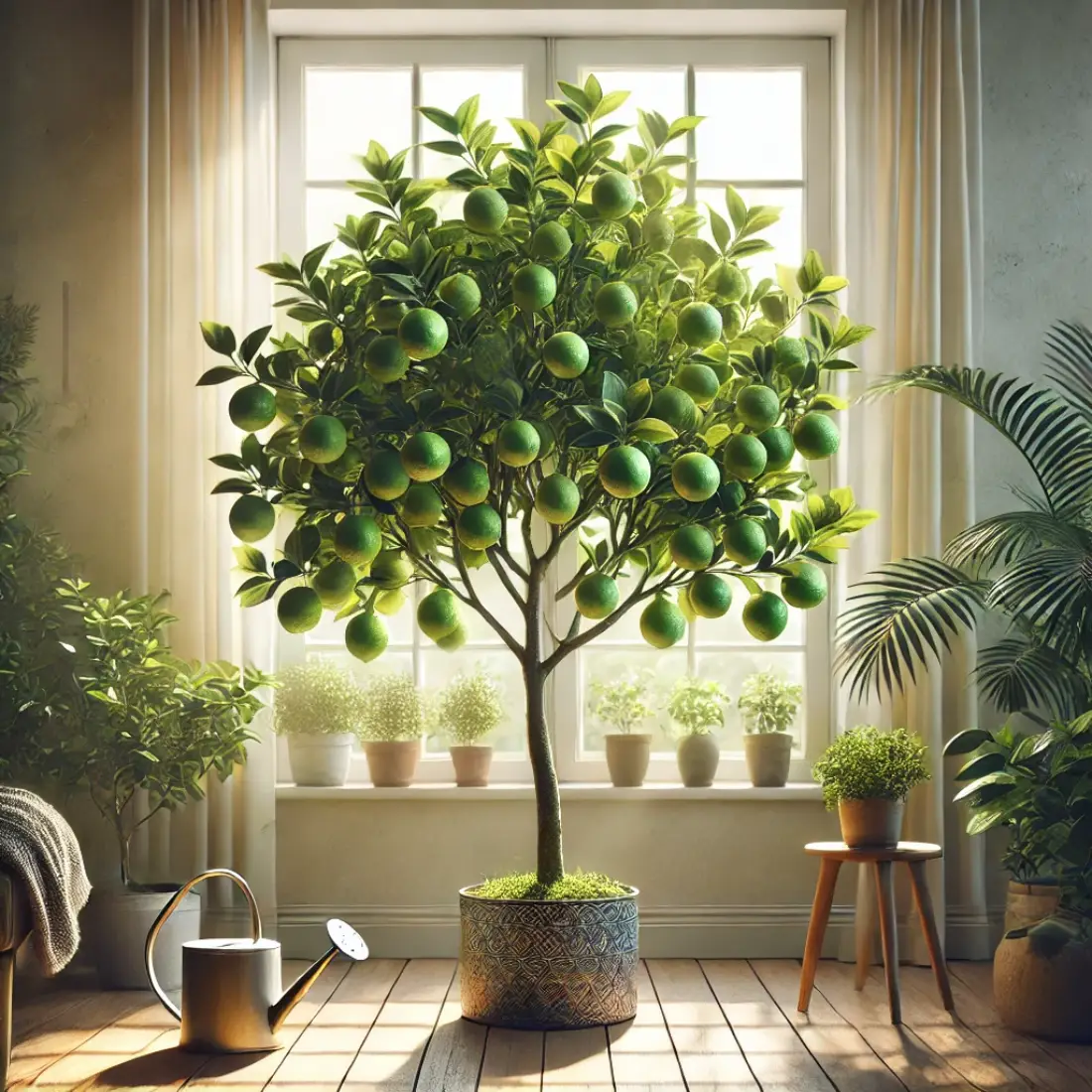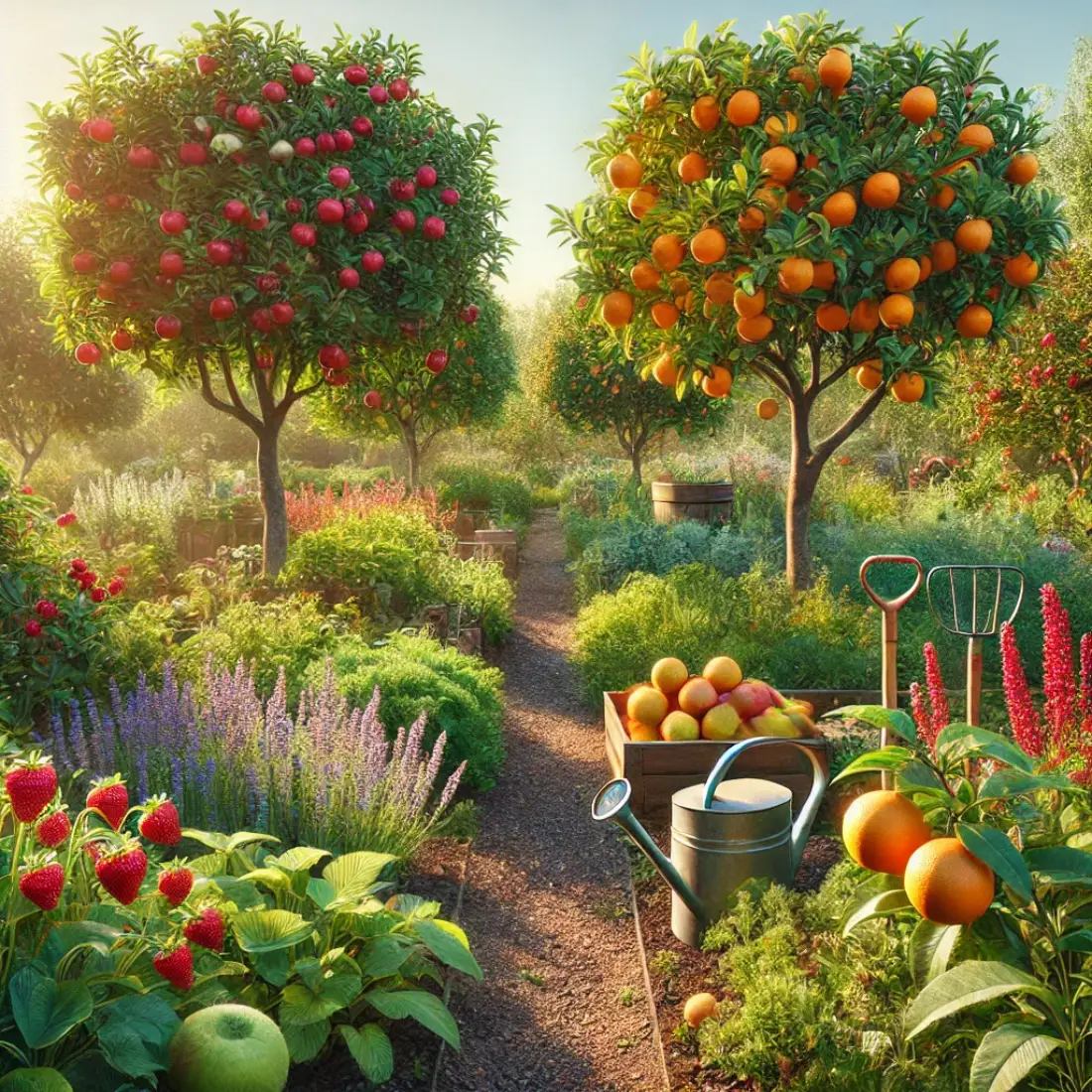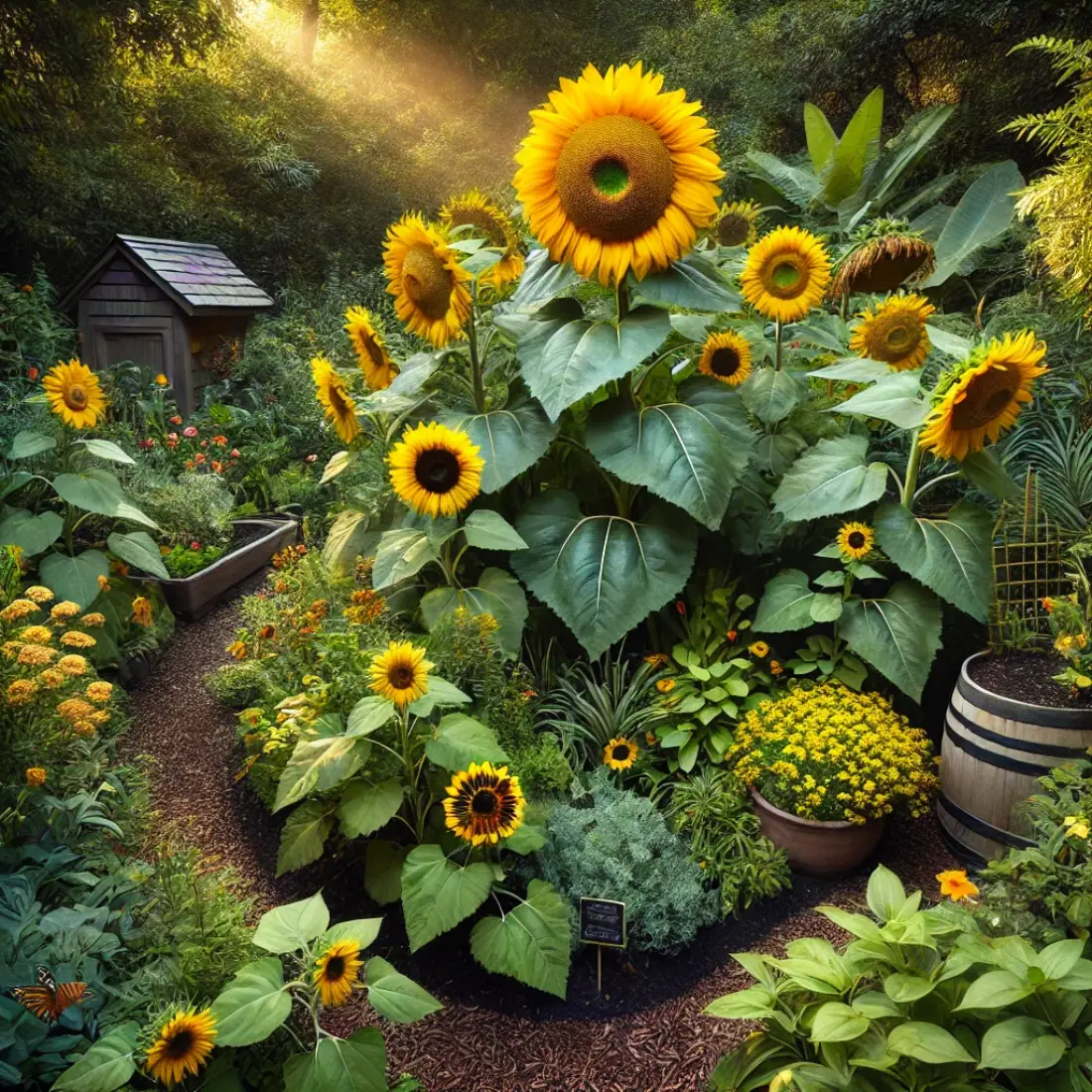Growing a lime tree at home can be a rewarding experience, providing you with fresh, juicy limes for your culinary and beverage needs. Lime trees are not only practical but also add a touch of greenery and beauty to your home environment.
- Lime trees require specific climatic conditions to thrive.
- Choosing the right variety is crucial for successful home growing.
- Proper planting, watering, and fertilizing are essential for healthy growth.
- Regular pruning and maintenance help maximize yield and tree health.
- Effective pest and disease management is crucial for a thriving lime tree.
Different Lime Tree Varieties
There are several varieties of lime trees you can choose from, each with its unique characteristics:
- Key Lime (Citrus aurantiifolia): Known for its small, aromatic fruit.
- Persian Lime (Citrus × latifolia): Larger fruit and less acidic, commonly found in grocery stores.
- Kaffir Lime (Citrus hystrix): Distinctive leaves used in cooking, with bumpy fruit.
Lime trees thrive in warm, subtropical to tropical climates. They prefer temperatures between 77°F (25°C) and 86°F (30°C) during the day and no lower than 50°F (10°C) at night. Frost can severely damage lime trees, so they are best grown in areas without cold winters. If you live in a cooler climate, consider growing your lime tree indoors or in a greenhouse.
Planting Lime Trees
Planting lime trees involves several steps to ensure healthy growth:
- Soil Preparation: Lime trees prefer well-draining, slightly acidic soil. Amend your soil with organic matter to improve its structure.
- Potting Tips: If planting in a pot, choose one that is at least 18 inches in diameter with adequate drainage holes. Use a high-quality citrus potting mix.
- Best Planting Season: Plant lime trees in the spring or early summer when the weather is warm and the risk of frost is minimal.
Optimal Growing Conditions
Lime trees need specific conditions to thrive:
- Light Requirements: Ensure your lime tree gets at least 6-8 hours of direct sunlight daily. If growing indoors, place the tree near a south-facing window.
- Temperature and Humidity: Maintain daytime temperatures between 77°F and 86°F (25°C and 30°C). Ensure the nighttime temperature does not drop below 10°C to avoid potential damage. Humidity levels should be moderate, use a humidifier if necessary.
- Indoor vs. Outdoor Growing: Lime trees can be grown both indoors and outdoors. Indoor trees need more attention to light and humidity.
Watering and Fertilizing
Proper watering and fertilizing are crucial for lime tree health:
- Watering Schedule: Water deeply but infrequently. Allow the top 2 inches of soil to dry out between waterings.
- Types of Fertilizers: Use an organic citrus fertilizer with micronutrients. Apply according to the package instructions, typically every 6-8 weeks during the growing season.
- Application Techniques: Spread the fertilizer evenly under the canopy, avoiding direct contact with the trunk.
Pruning and Maintenance
Regular pruning and maintenance keep your lime tree healthy and productive:
- Pruning for Yield: Prune lime trees to maintain shape, remove dead or diseased branches, and improve air circulation.
- Maintenance Tips: Regularly inspect for pests and diseases, and ensure the tree has adequate light, water, and nutrients.
Troubleshooting & Harvesting
Pest and Disease Management
Lime trees are susceptible to various pests and diseases. Common issues include aphids, spider mites, and citrus leaf miners. Fungal diseases like root rot and citrus canker can also affect lime trees.
Use organic methods to control pests, such as neem oil or insecticidal soap. For fungal issues, ensure good air circulation and avoid overwatering.
Harvesting Lime Trees
Harvesting limes at the right time ensures the best flavor and juiciness. Limes are usually ready to harvest when they are green and firm, but slightly yellow limes can also be picked for a sweeter flavor.
Use pruning shears to cut the fruit from the tree to avoid damaging the branches. After harvesting, store limes in a cool, dry place or refrigerate them to extend their shelf life.
Common Problems and Solutions
- Yellow Leaves: Often a sign of nutrient deficiency or overwatering. Check soil moisture and ensure proper fertilization.
- Leaf Drop: Can be caused by sudden temperature changes, overwatering, or underwatering. Maintain consistent care routines.
- Slow Growth: May indicate poor soil quality or inadequate light. Improve soil with organic matter and ensure the tree receives enough sunlight.
- Fruit Drop: Can result from poor pollination or stress. Ensure optimal growing conditions and avoid excessive handling during flowering.
FAQs about Growing Lime Tree
How often should I water my lime tree?
Water your lime tree deeply but infrequently, allowing the top 2 inches of soil to dry out between waterings.
What is the best fertilizer for lime trees?
Use an organic citrus fertilizer with micronutrients, or organic options like compost, well-rotted manure, bone meal, and seaweed extract.
How can I protect my lime tree from pests?
Use organic pest control methods such as neem oil, insecticidal soap, and ensure good air circulation around the tree.
Why are my lime tree’s leaves turning yellow?
Yellow leaves can indicate nutrient deficiencies or overwatering. Check soil moisture levels and ensure proper fertilization.
When is the best time to prune my lime tree?
Prune your lime tree in early spring before new growth starts or after the harvest season. This helps maintain the tree’s shape and encourages healthy growth.
Can I grow a lime tree indoors?
Yes, lime trees can be grown indoors. Ensure they receive at least 6-8 hours of direct sunlight daily and maintain moderate humidity levels.
How long does it take for a lime tree to produce fruit?
Lime trees typically start producing fruit 3 to 5 years after planting, depending on the variety and growing conditions.
What type of soil is best for lime trees?
Lime trees prefer well-draining, slightly acidic soil. Amend the soil with organic matter to improve its structure and nutrient content.
How do I know when my limes are ready to harvest?
Limes are usually ready to harvest when they are green and firm. Slightly yellow limes can also be picked for a sweeter flavor. The fruit should be easy to detach from the tree.
Why is my lime tree not producing fruit?
Lack of fruit can be due to insufficient light, poor pollination, nutrient deficiencies, or incorrect watering practices. Ensure your tree gets adequate sunlight, proper care, and correct fertilization.










